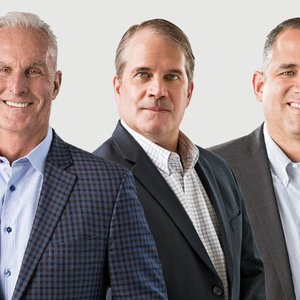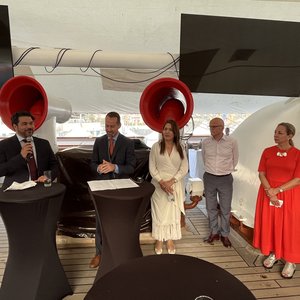The GUDP-project aims to develop an advanced tool that can gather and process data from stakeholders throughout the aquaculture business including suppliers and fish farmers, in a shared cloud-based database.
Over the last several decades, the world of information technology has advanced significantly, and so has the aquaculture industry. However, the combination of both is still at its infancy.
\"The GUDP-project aims at combining IT and aquaculture to develop smart, easy-to-deploy, user-friendly tools that can lead to a new era of connected, responsible and efficient, and thus, sustainable aquaculture,\" said Paw Petersen, Managing Director, Oxyguard International A/S.
The project is led by OxyGuard International and builds on contributions from many innovative Danish aquaculture companies including BioMar, Danish Salmon, AquaPri, Danaqua, Aller Aqua, Kongeåens Dambrug, DTU-Aqua, University of Copenhagen. Collaboration at this level with this large number of contributors helps to boost the development and the use of the tool. In this way the project also ensures that all parts of the aquaculture production chain are taken into consideration.
For data processing, the software will build on technologies such as big data, internet of things (IoT) and machine learning. This will lead to enhanced husbandry in the farms, optimized usage of feed and oxygen, and a significant range of other things that all in all will help reduce the environmental impact of aquaculture.
Ole Christensen, Vice President for BioMar\'s EMEA Division said, \"for BioMar, the aim is to help our customers to become more efficient and more sustainable in an economically viable way. Our participation in projects of this kind helps us deliver on our strategy of innovating for a sustainable aquaculture for today, and tomorrow.\"










